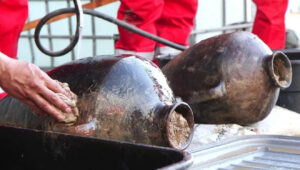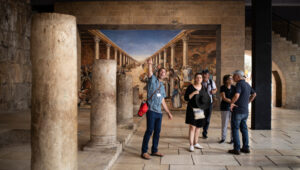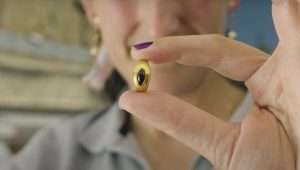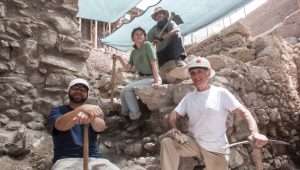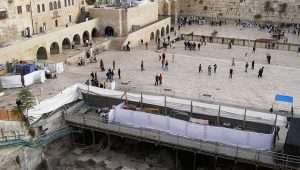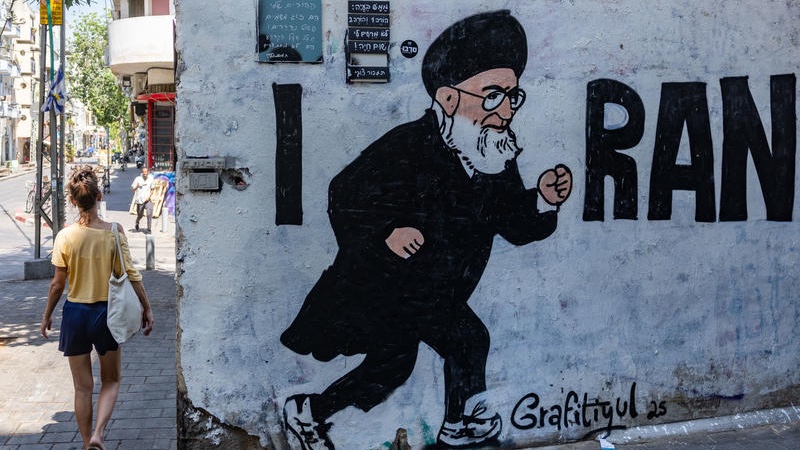A unique art exhibition opens in a former Ottoman jail inside Jaffa Gate.
archaeology
The 3,300-year-old wreck, found a mile deep in the Eastern Mediterranean, contained hundreds of intact amphorae.
The little-known Gallus Revolt in 351-354 C.E. saw Lod, Tzipori and Tiberias destroyed.
“History is being revived in the Jewish Quarter” as ancient homes of Temple priests reopen after a major renovation.
Discoveries at the site “are beginning to paint a new picture of the nature and stature of Jerusalem’s inhabitants in the Early Hellenistic Period,” said TAU professor Yuval Gadot.
Researchers achieved an unprecedented level of accuracy in dating First Temple period findings in the City of David.
Engineering students at Ben-Gurion University are employing Mask Language Modeling to get to the bottom of damaged, centuries-old inscriptions.
Sebastia/Shomron is a “hot spot for Palestinian Authority historical revisionism,” said the head of Regavim’s International Division.
The underground hideout, the largest of its kind ever discovered in the area, was prepared by the Jewish residents of Hukok ahead of the Jewish revolts against the Roman empire, according to the Israel Antiquities Authority.
“The seal supports the biblical record of there being a governor of Jerusalem during the period.”



